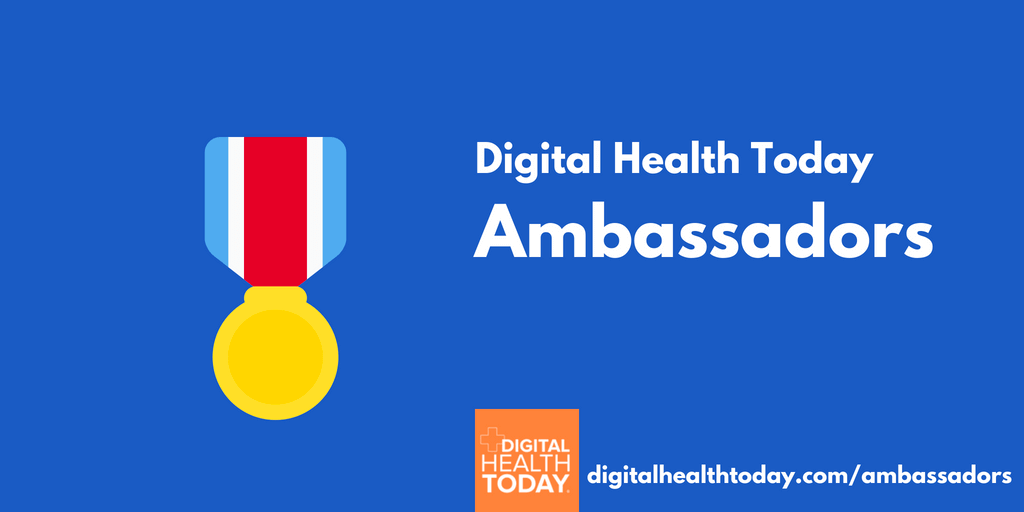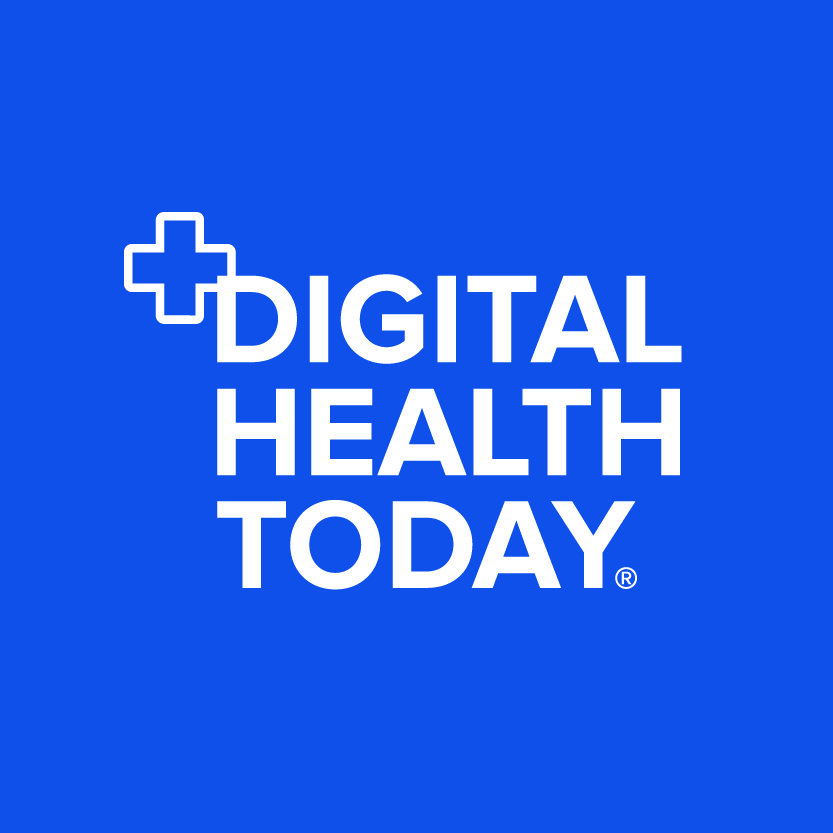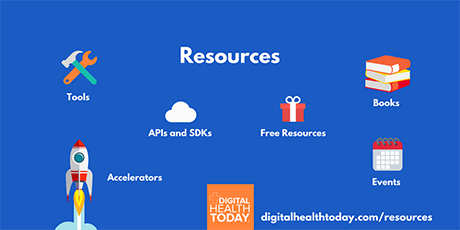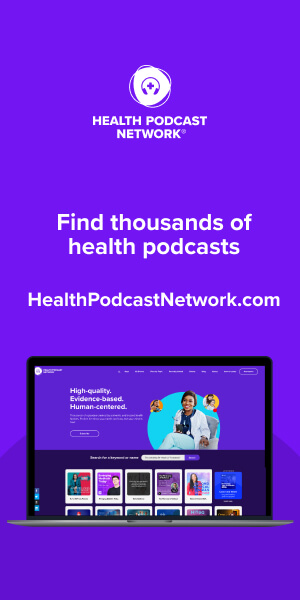One-on-One with Tom Lindquist, CEO, Allina Health Aetna JV
During this year’s MedCityInvest Digital Health conference, Demi Radeva, one of Digital Health Today’s global ambassadors, had the chance to sit down one-on-one with Tom LIndquist, CEO, Allina Health Aetna. In response to the challenges and opportunities posed by ever evolving health system in the U.S., Allina Health Aetna was born as a joint venture between Allina Health, a premier health system in Minnesota and Aetna, the insurance giant. In a candid conversation, the chief executive of the Allina Health Aetna will discuss a new model for collaboration, proactive care, the reimbursement model that will entice any payer or provider system to partner with an innovator in the digital health space.
Q1: What does the JV model between Allina Health & Aetna allow the companies to do, that any other type of partnership doesn’t?
Tom: A joint venture says that we are going to put our money where our mouth is. We are both going to invest and create a new entity that aligns with what we what we want to do. I think that partnerships are great, and they generate positive outcomes, but if you really want to transform the industry, the JV model is unique, and gives you the flexibility to do something different.
When both a payer and a provider are pushing for the same outcome: better experience, lower cost, better outcomes… a lot more can be achieved. In particular, it can allow for all those things through predictive modelling. Ultimately, it can allow for proactive care.
As a patient or a member, you are only getting one perspective, but when you’ve got the payer and provider in one – you get a holistic view and can implement a proactive, whole person care approach.
Q2: What does proactive care look like?
Tom: You are always going to have a reactive care component to care. Things happen! But to the extent that you can prevent a lot of those things… that’s where the big opportunity lies to be proactive. Looking at the drivers behind hospitalizations, and disease states, in the United States.. A lot of them are preventable. And many of them result from misbehavior and unhealthy lifestyle.
I’ve traveled abroad a little bit, and most recently was visiting Italy. What was fascinating was that locals buy their groceries and it’s all fresh food. And they go there to get their whatever they are going to make for dinner that night that day, and they’re climbing stairs, and they’re working to make the actual dinner and it’s an active, healthy lifestyle.
While in America, we have fast food on every corner. It’s easier for someone to stop and get that french fry versus going to the grocery store, which is probably a little bit farther, and then taking it home and preparing a meal, which is a bit more time consuming than fast food.
Q3: What is the actual root cause of the majority of conditions that are overburdening our health system? Are they driven by our behavior or the environment we live in?
Tom: We have an opportunity to continually reinvent ourselves. I think that just like we were talking about changing the way health care is delivered, we must talk about what we must change as a society. We are a society that expects real time instant gratification. So how do we take things like active lifestyle, healthy eating, and make it easy?
Digital health we can help remove some of the barriers. Digital health can help remove not only the infrastructure barriers, but also, the behavioral ones that may exist. Digital health technology and innovation has been driving change in the system for many, many years.
However, I think a lot of the new, non-traditional entrants in the space are going to start driving some of that change too. Because the real answer is not about how do you take care of someone that already has a chronic condition, rather, how do you prevent damage in the first place?
Q4: What role does digital health play when it comes to providing the best medical care today?
Tom: We can take home health as an example. Home Health is huge – aging at home is a real need and now, we can use digital health technology to make it easier and more effective to meet that patient preference.
On the other hand, I don’t think that digital health technology is developed well-enough yet to help with emergency department diversion. But, I also think that the more real need and short-term application is to use digital health technology in order to help frequent users of the health system to navigate to more appropriate sites of care, as well as, make more informed decisions about their health status to, ultimately, help reduce overutilization of already strained medical resources.
Q5: Is the European model better?
Tom: I wouldn’t say the European model is better. I would say there are some things about the European models that lend themselves to better outcomes. A lot of the good results they get are a function of the infrastructure that exists.
I think that we have the ability to take the best of what these countries have to offer, and apply it to a problem we struggle with. There’s no country in the world that has better reactive care than the United States. If someone has a problem, they come to America and get it fixed. So let’s apply that same discipline, that same technology, but on the front end…in being proactive, in preventative care.
Q6: Do you think that we are in a place where our quality measures are outdated, our regulations are outdated, and that must be addressed before we can take digital health technologies to the next level?
Tom: We need to make changes within the quality outcomes and measures space. There’s always opportunity to improve. I’ll go back to my days in South Carolina, where we work with the state government to determine where we were going to focus our attention. It was collaborative effort between the providers, the payers, and the state!
The same is true today, we must all push in the same direction, so we can make a difference. That’s a model for success. HEDIS, NCQA, Stars… they all serve a purpose. The amount of resources that the U.S. puts toward these types of measures, in order to improve these types of results, is huge.
The question is, are they the right results? I would argue that these types of measures should always be reevaluated. Especially, we must look at what we strive to achieve at the end of the day. For example, from a health and wellness perspective, let’s put some effort into measures that reflect preventative, proactive type care and reward healthy behaviors. Currently, there’s no mechanism that will reimburse a provider for not taking action and simply asking you to change your diet.
Lightning Round
1. What is a saying, quote or phrase that motivates you?
“Work hard. Play hard.”
2. What advice do you have for others working to innovate and healthcare?
Firstly, make sure you have proven results and can generate ROI. In a case where you have not been able to do so, find a partner that is willing to experiment with you and put some skin in the game. You must be so confident your technology will have an impact that you will do it for free. You will expect no payout other than sharing the benefit in the end. That’s when the large payer / provider systems are going to listen, because they know you believe in what you are doing.
3. What book do you recommend to our listeners?
Good to Great by Jim Collins.
4. What is the tech that makes her life better and easier and keeps you healthy?
Apple Watch!
5. If I give you a check for 5 million where would you invest it and what health technology would invest today?
Real-time access to care – specifically, taking telehealth to the next level.





